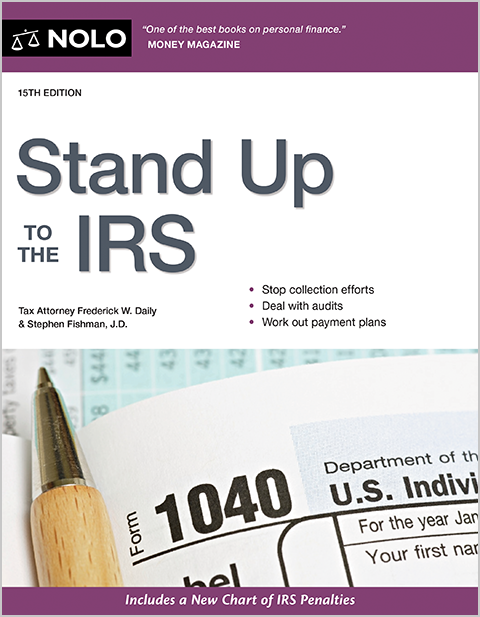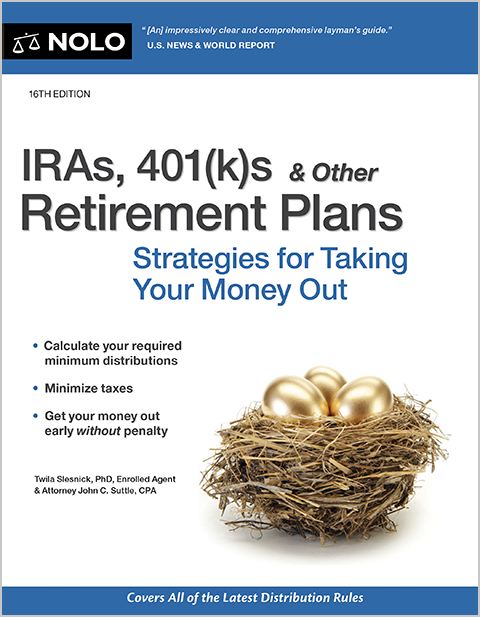Suddenness is the hallmark of a casualty loss. Find out what type of events qualify.
For decades, subject to limitations, all taxpayers have been allowed to deduct uninsured property losses due to casualty events—things like fires, floods, hurricanes, and earthquakes. However, as a result of the Tax Cuts and Jobs Act (TCJA), many such casualty losses are no longer deductible. It all depends on whether personal or business property is damaged or destroyed.
Damage or Destruction to Personal Property
Starting in 2018 and continuing through 2025, casualty losses to personal property such as your home or car are deductible only if they occur due to a federally declared disaster. All other casualty losses are no longer deductible during these years. Thus, for example, if your home is destroyed by a hurricane that is a federally declared disaster, you can take a casualty loss deduction for your uninsured losses. But if your home is destroyed in an accidental house fire, you get no deduction.
There are two types of disaster declarations that the President can make: emergency declarations and major disaster declarations. Both qualify for the casualty loss deduction. An emergency declaration can be made if a state governor requests it and the President determines federal assistance is needed. The President can also unilaterally declare a major disaster for any natural event that he or she determines has caused damage of such severity that it is beyond the combined capabilities of state and local governments to respond. This includes hurricanes, tornados, storms, high water, wind-driven water, tidal waves, tsunamis, earthquakes, volcanic eruptions, landslides, mudslides, snowstorms, droughts, fires, floods, or explosions. You can find a list of federally declared disasters at www.disasterassistance.gov.
There is an important exception to the rule that individual taxpayers can only deduct casualty losses due to federally declared disasters during 2018 through 2025. Individual taxpayers may claim casualty losses not due to federally declared disasters to offset casualty gains during 2018 through 2025. A casualty gain occurs when the insurance proceeds a property owner receives are more than the value for tax purposes of the damaged or destroyed property. A casualty gain is taxable income, thus the casualty loss will reduce any tax due on the gain. For these purposes, whether a loss is a deductible casualty loss is determined under the same rules as for business property.
Because of these restrictions on deducting casualty losses it's highly advisable to have adequate insurance coverage for your valuable personal property--particularly your home. Don't count on being able to obtain any tax deduction at all if your home or other personal property is damaged or destroyed.
Damage or Destruction to Business Property
The old (pre-TCJA) rules continue to apply to damage or destruction of business property—for example, an apartment building, office building, or business equipment. Uninsured losses to business property are deductible as a business deduction provided that they are due to an event that qualifies as a casualty. When business property is involved, the casualty event need not be the subject of a federal disaster declaration.
For tax purposes, a "casualty" is damage, destruction, or loss of property due to an event that is sudden, unexpected, or unusual. Examples include:
- earthquakes
- fires
- floods
- government-ordered demolition or relocation of a building that is unsafe to use because of a disaster
- landslides
- sonic booms
- storms, including hurricanes and tornadoes
- terrorist attacks
- vandalism, including vandalism to rental property by tenants, and
- volcanic eruptions.
One thing all the events in the list above have in common is that they are sudden—they happen quickly. Suddenness is the hallmark of a casualty loss. Thus, loss of business property due to slow, progressive deterioration is not deductible as a casualty loss. For example, if a retaining wall to an apartment building collapsed due to soil erosion occurring over a period years, the loss is not a deductible casualty. But if it collapsed all at once due to a violent storm, it is a deductible casualty.
Many legal disputes have occurred over whether an event was sufficiently sudden to cause a deductible casualty loss. Here are some examples from real court cases. See if you can tell which are deducible casualty losses and which are not.
1. Damage to shoreline buildings due to sudden erosion caused by wave or wind action during a storm (Rev. Rul. 76-134)
2. Termite damage occurring in a single year (Rosenberg v. Comm'r., 198 F.2d 46)
3. Destruction of barn caused by high winds during a storm (Stein v. Comm'r., T.C. Memo 1955-57)
4. Termite damage occurring over three-year period (Dodge v. Comm'r., 25 T.C. 1022)
5. Destruction of trees caused by Dutch elm disease (Burns v. United States, 174 F. Supp. 203 (D. Ohio 1959))
Answers:
Examples 1-3 were found to be deducible casualty losses, examples 4-5 were not.
Talk to a Tax Attorney
Need a lawyer? Start here.
How it Works
- Briefly tell us about your case
- Provide your contact information
- Choose attorneys to contact you
- Briefly tell us about your case
- Provide your contact information
- Choose attorneys to contact you

